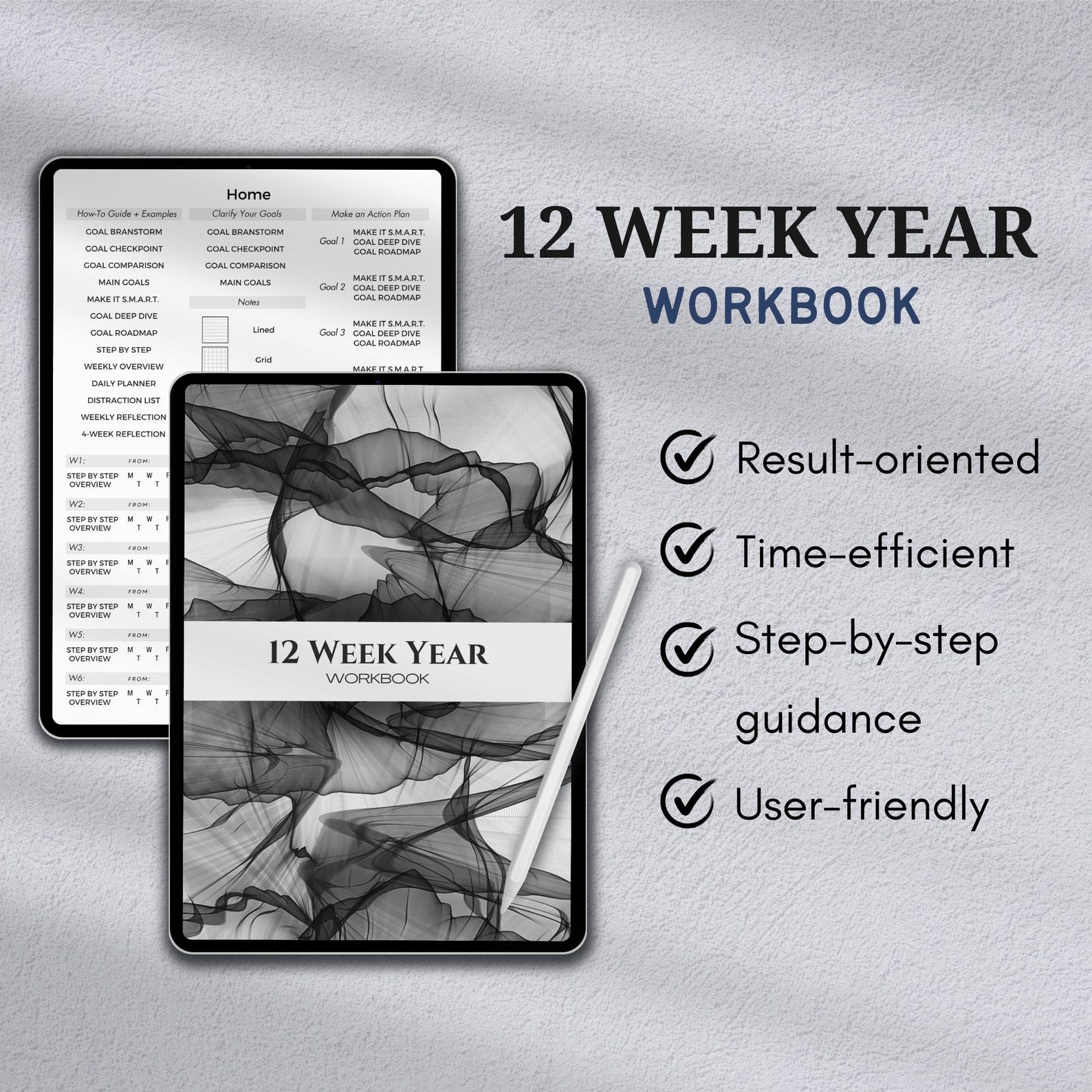We’ve all been there—stuck in our own heads, replaying the same scenario over and over, wondering if we made the right choice or fearing what might go wrong. Overthinking can be paralyzing, draining our energy and clouding our judgment. It's easy to get lost in hypothetical worries, but the truth is, most of what we overthink never even happens.
In this article, we’ll cover seven simple strategies you can use to break free from this cycle and regain control of your thoughts.
When you find yourself overthinking, it’s essential to take a step back and question the validity of your worries. Ask yourself: Are these concerns rooted in reality, or are they being fueled by anxiety and fear of the unknown?
Often, our minds tend to magnify situations, imagining worst-case scenarios that are unlikely to happen. Are the scenarios you're imagining truly probable, or are you engaging in catastrophizing—blowing things out of proportion? By challenging negative thoughts, you can break free from this cycle. Try to replace them with more balanced, realistic perspectives.
Consider alternative outcomes and focus on the facts rather than hypothetical fears. This shift in mindset can help you regain control over your thoughts, reducing unnecessary stress and enabling you to approach situations with a clearer, more rational mindset.

Instead of allowing yourself to get lost in a rabbit hole of overthinking, set specific time limits for analyzing situations or making decisions. This can be as simple as giving yourself 10 or 15 minutes to weigh your options or reflect on an issue.
By setting a clear boundary on how long you'll spend thinking about a problem, you prevent yourself from getting trapped in an endless loop of second-guessing and doubt. This strategy not only helps you avoid overthinking but also allows you to make decisions more efficiently.
Once the time is up, you can commit to a course of action with greater clarity and confidence, knowing that you've given yourself enough time to evaluate, but not so much that you become paralyzed by possibilities.
Dwelling on problems rarely leads to positive outcomes. In fact, it often keeps us stuck in a loop of stress and frustration. Instead of focusing on what's going wrong, try shifting your attention towards finding practical solutions.
Ask yourself, "What can I do to improve this situation?" If a problem is beyond your control, such as external circumstances or the actions of others, it’s important to accept it and let it go. Holding onto things you can't change only adds unnecessary weight to your mental and emotional state.
By focusing on what you can influence—whether it's your attitude, your actions, or your response to challenges—you not only reduce anxiety but also empower yourself to take meaningful steps forward. This proactive mindset helps create momentum and opens up space for growth and progress.
Large, overwhelming tasks can trigger a sense of anxiety and often lead to overthinking. When we face a massive to-do, it’s easy to get caught in a cycle of stress and uncertainty, wondering where to even begin. To make these tasks more approachable, break them down into smaller, more manageable steps.
This method allows you to focus on one step at a time, making the task seem less intimidating. It also gives you a clear path forward, reducing the temptation to overanalyze every detail. By tackling smaller pieces gradually, you not only make progress but also gain a sense of accomplishment with each step, which can boost your confidence and motivation.
Writing down your worries and anxieties can be a powerful tool for gaining perspective. Journaling allows you to identify patterns in your thinking and track your progress over time. Reflecting on past entries can also demonstrate how often your anxieties were unfounded, helping to build trust in your ability to cope with future challenges.

Physical activity is a well-known stress reliever, and it can be especially effective in combating the constant cycle of overthinking. When you engage in exercise, whether it's a brisk walk, a short jog, or even a few minutes of stretching, your body releases endorphins—natural mood boosters that help clear your mind.
This shift in focus allows you to momentarily escape the loop of anxious thoughts and gives your brain the chance to reset. Additionally, regular physical activity not only improves your mood but also enhances your overall well-being, making it easier to approach life’s challenges with a calmer, clearer perspective.
Even if you can only spare a few minutes, getting your body moving can break the cycle of overthinking and help restore a sense of balance.
One of the best ways to combat decision fatigue is by minimizing the number of small, unimportant decisions you make throughout the day. You can do this by establishing consistent routines for daily tasks and simplifying your environment where possible.
For example, having a set time each day to exercise, meal prep, or organize your workspace can reduce the mental load of figuring out what to do next. When you automate these decisions, you free up mental energy to focus on more meaningful and important matters. This approach helps you avoid getting bogged down in trivial choices and allows you to conserve your cognitive resources for the bigger decisions that truly require your attention.
By reducing the mental clutter, you can also lower stress and make better, more confident choices in your personal and professional life.
Remember, overthinking is a habit, and like any habit, it can be unlearned. Be patient with yourself, and celebrate your progress as you implement these strategies. With practice, you can take control of your thoughts and live a more present and fulfilling life.




.png)
.png)

.png)







.png)



0 Comments